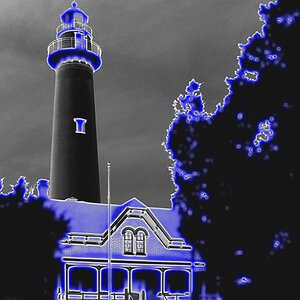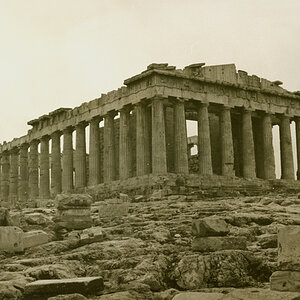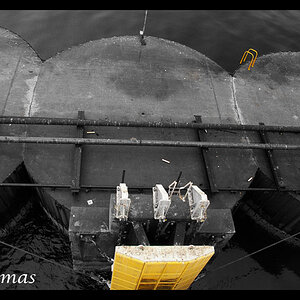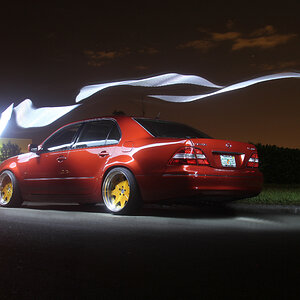marius_s
TPF Noob!
- Joined
- Jul 31, 2012
- Messages
- 15
- Reaction score
- 0
- Location
- Lithuania
- Can others edit my Photos
- Photos NOT OK to edit
Hello,
Since google gives me too conflicting results, i've decided to ask this question here. Let's consider a simple example:
- we have a model and 2 light sources
- model is facing the camera directly
- lights are on both sides in front of the model, facing the model at 45 degrees
- both lights provide the same output (flat lighting) and need to be converted for a 1:2 portrait lighting
This is where i get a bit confused with metering. Let me tell you what i would do:
- set a meter to 1/160 at iso 100
- turn on the left light
- put the meter next to the model's right cheek, turn it towards the light and take a reading
- let's say it metered f4.0
- now switch to the right light and take readings while adjusting power output to get f5.6
- turn on both lights
- put the meter next to the center of model's face and turn it directly towards the camera
- take a reading for final exposure
Yet something feels wrong to me here. Is that a correct way of doing it? I guess the main questions are:
a) do i turn the meter towards the light source when measuring individual lights?
b) do i place the meter at the relevant part of the subject's face when measuring individual lights or should it always be in the same position?
c) do i even need to calculate the "final exposure" or should i use the one from the more powerful ligh source?
Thanks for your advice
Since google gives me too conflicting results, i've decided to ask this question here. Let's consider a simple example:
- we have a model and 2 light sources
- model is facing the camera directly
- lights are on both sides in front of the model, facing the model at 45 degrees
- both lights provide the same output (flat lighting) and need to be converted for a 1:2 portrait lighting
This is where i get a bit confused with metering. Let me tell you what i would do:
- set a meter to 1/160 at iso 100
- turn on the left light
- put the meter next to the model's right cheek, turn it towards the light and take a reading
- let's say it metered f4.0
- now switch to the right light and take readings while adjusting power output to get f5.6
- turn on both lights
- put the meter next to the center of model's face and turn it directly towards the camera
- take a reading for final exposure
Yet something feels wrong to me here. Is that a correct way of doing it? I guess the main questions are:
a) do i turn the meter towards the light source when measuring individual lights?
b) do i place the meter at the relevant part of the subject's face when measuring individual lights or should it always be in the same position?
c) do i even need to calculate the "final exposure" or should i use the one from the more powerful ligh source?
Thanks for your advice


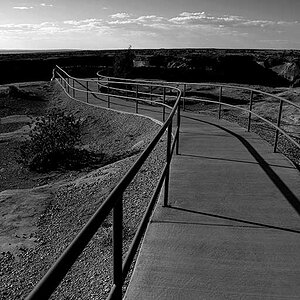
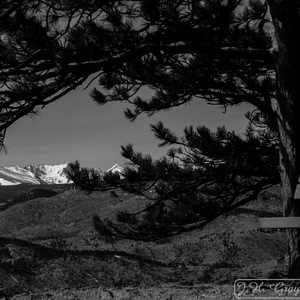
![[No title]](/data/xfmg/thumbnail/37/37636-e02c7efccb426a8951ed97a37c0f9307.jpg?1619738157)
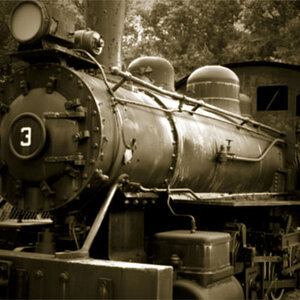
![[No title]](/data/xfmg/thumbnail/34/34148-864c8cb333c478b2dfb9e369908dc329.jpg?1619736320)

